Portal:Indigenous peoples of the Americas
Discover Wikipedia using portals
-
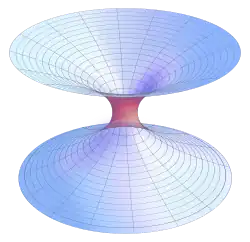 List of all portals
List of all portals -

-
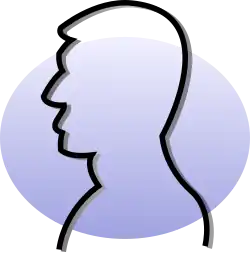
-

-
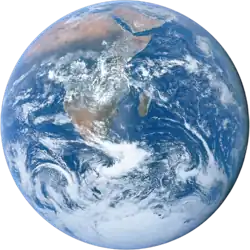
-

-
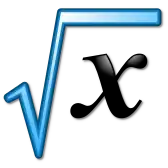
-

-

-

-
 Random portal
Random portal -
 WikiProject Portals
WikiProject Portals
Portal maintenance status: (June 2018)
|
The Indigenous peoples of the Americas Portal Current distribution of Indigenous peoples of the Americas The Indigenous peoples of the Americas are the peoples who are native to the Americas or the Western Hemisphere. Their ancestors are among the pre-Columbian population of South or North America, including Central America and the Caribbean. Indigenous peoples live throughout the Americas. While often minorities in their countries, Indigenous peoples are the majority in Greenland and close to a majority in Bolivia and Guatemala. There are at least 1,000 different Indigenous languages of the Americas. Some languages, including Quechua, Arawak, Aymara, Guaraní, Nahuatl, and some Mayan languages, have millions of speakers and are recognized as official by governments in Bolivia, Peru, Paraguay, and Greenland. (Full article...) Selected article The indigenous people of the Everglades region arrived in the Florida peninsula of what is now the United States approximately 14,000 to 15,000 years ago, probably following large game. The Paleo-Indians found an arid landscape that supported plants and animals adapted to prairie and xeric scrub conditions. Large animals became extinct in Florida around 11,000 years ago. Climate changes 6,500 years ago brought a wetter landscape. The Paleo-Indians slowly adapted to the new conditions. Archaeologists call the cultures that resulted from the adaptations Archaic peoples. They were better suited for environmental changes than their ancestors, and created many tools with the resources they had. Approximately 5,000 years ago, the climate shifted again to cause the regular flooding from Lake Okeechobee that gave rise to the Everglades ecosystems. From the Archaic peoples, two major tribes emerged in the area: the Calusa and the Tequesta, who were of Taíno origin, an Arawak people, originating from the Caribbean and South America. The earliest written descriptions of these people come from Spanish explorers who sought to convert and conquer them. Although they lived in complex societies, little evidence of their existence remains today. The Calusa were more powerful in number and political structure. Their territory was centered on modern-day Ft. Myers, and extended as far north as Tampa, as far east as Lake Okeechobee, and as far south as the Keys. The Tequesta lived on the southeastern coast of the Florida peninsula around what is today Biscayne Bay and the Miami River. Both societies were well adapted to live in the various ecosystems of the Everglades regions. They often traveled through the heart of the Everglades, though they rarely lived within it. Selected image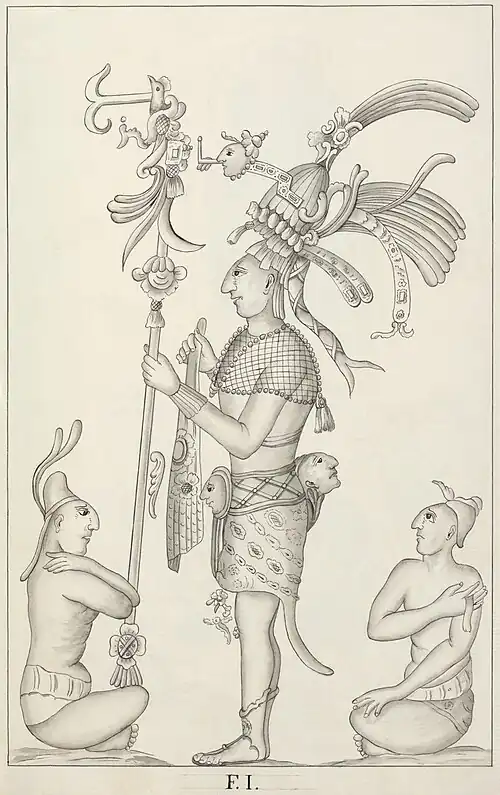 Stucco relief at the Maya ruins at Palenque, as drawn by Ricardo Almendáriz at the time of the Del Rio expedition in 1787 image credit: Library of Congress
General imagesThe following are images from various Indigenous peoples of the Americas-related articles on Wikipedia.
Selected biography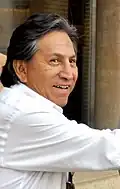 Alejandro Celestino Toledo Manrique (Spanish pronunciation: [aleˈxandɾo toˈleðo], (born 28 March 1946) is a politician who was president of Peru, from 2001 to 2006. He was elected in April 2001, defeating former President Alan García. Toledo came to international prominence after leading the opposition against President Alberto Fujimori, who held the presidency from 1990 to 2000. Toledo was born into an impoverished family of indigenous peasants of Quechua heritage. He was the eighth oldest of sixteen brothers and sisters, seven of whom died in childhood. He was born in the village of Ferrer, Bolognesi, but registered in the nearby town of Cabana, Pallasca Province, Ancash Department. Did you know…
SubcategoriesSelect [►] to view subcategories
Indigenous peoples of the Americas Indigenous peoples of North America Indigenous peoples of South America Indigenous people of the Americas Lists of Indigenous peoples of the Americas Afro-Indigenous peoples of the Americas America Indigenous peoples templates Anti-Indigenous racism in the Americas Battles involving Indigenous peoples of the Americas Non-fiction books about Indigenous peoples of the Americas Children's books about Indigenous peoples of the Americas Indigenous culture of the Americas Extinct Indigenous peoples of the Americas History of Indigenous peoples of the Americas Indigenous feminism in the Americas Indigenous peoples of the Americas and the environment Indigenous peoples of the Americas portal Massacres by Indigenous peoples of the Americas Indigenous rights organizations in the Americas Indigenous languages of the Americas Indigenous politics in the Americas Wars involving Indigenous peoples of the Americas WikiProject Indigenous peoples of the Americas Related portalsThings you can do
Selected panorama < Sacsayhuamán ruins in Cusco image credit: Martin St-Amant Topics
Recognized content
Featured articlesFormer featured articlesGood articles
Former good articlesDid you know? articles
In the News articles
Associated WikimediaThe following Wikimedia Foundation sister projects provide more on this subject:
American indigenous language WikipediasAvañe'ẽ (Warani) · Aymar aru (Aymara) · ᏣᎳᎩ (Cherokee) · Chahta (Choctaw) · ᐃᔨᔫ (Cree) · ᐃᓄᒃ (Inuktitut) · Iñupiak · Kalaallisut (Greenlandic Inuit) · Mvskoke (Muscogee) · Nahuatlahtolli · Diné bizaad (Navajo) · Qhichwa Simi · Tsêhesenêstsestôtse (Cheyenne) Indigenous languages in Wikimedia Incubators: Alabama · Blackfoot · Chinook Jargon · Choctaw · Creek · Lakota · Micmac · Mohawk · Nheengatu · Northwestern Ojibwa · O'odham · Shoshoni · Unami-Lenape · Wüne pakina (Mapudungun) · Yucatec Maya · Central Alaskan Yup'ik · Zuni | |||||||||||||||||||||||||||||||||||||


